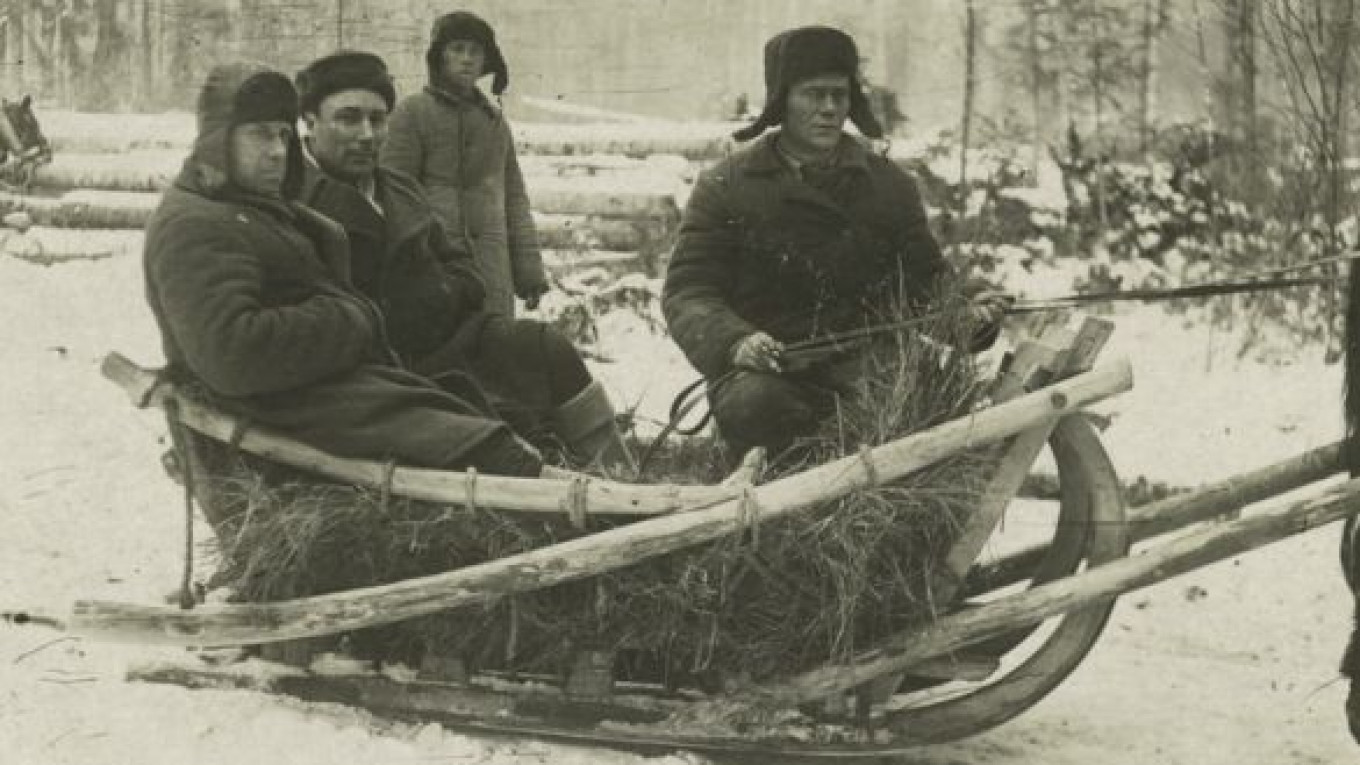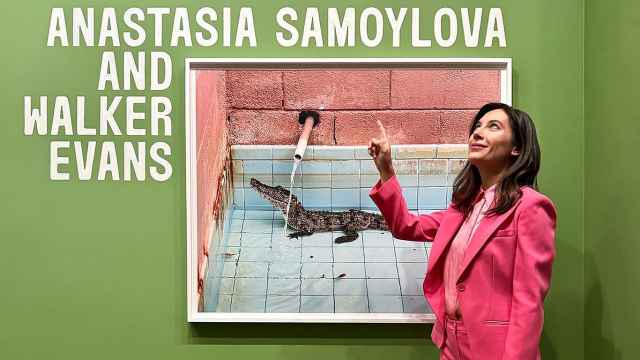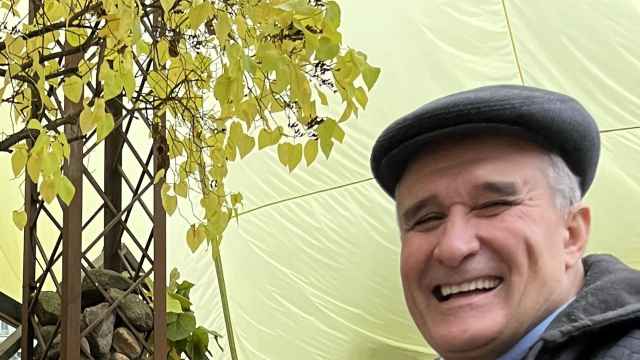In the 1950s, millions of people reappeared in Soviet society, like ghosts returned from the dead. They had been revolutionaries, scientists, petty criminals and bureaucrats; some were their children. Some had been gone for months; others, for decades. But they all shared a common fate of having endured what Alexander Solzhenitsyn called the “Gulag Archipelago” — the immense forced labor and exile system that existed across Russia for almost a quarter century under Josef Stalin.
As historian Stephen Cohen shows with sharp analysis and deep pathos in his new book, “The Victims Return: Survivors of the Gulag After Stalin,” the question of what to do with the gulag’s victims, and the legacy of the man who put them there, did not end with their liberation. It has continued to haunt Russia for decades, along with ever-changing interpretations of how the country should address its own past.
Memoirs by Solzhenitsyn and other gulag survivors, as well as recent best-selling studies such as Orlando Figes’ “The Whisperers,” have familiarized Western audiences with accounts of the gulag. But Cohen, a professor at Princeton University, is one of the first to focus on survivors’ experiences after their release. “The Victims Return” draws on literary journals, memoirs and interviews with former inmates Cohen befriended in the ’70s to survey individual experiences of post-gulag life. At the same time, it analyzes the political decisions at the top that shaped them.
After a chilling overview of Stalin’s terror and life inside the gulag system, Cohen turns to the book’s central focus: how those who survived, and the society they re-entered, coped with their return. Liberation was a slow, halting process, beginning with the release of a million prisoners (mostly criminals) in 1953 and unfolding over the next several years. Upon their release, survivors and their families faced a lengthy bureaucratic struggle to obtain the document of rehabilitation that would grant them “clean” passports.
The fates captured in the book defy generalization. Some survivors returned home to waiting spouses; some built new lives in isolated territories; still more found themselves irrevocably severed from the people and places they once knew. Many joined the Communist Party and carefully concealed their pasts from colleagues, friends and even spouses, desperate to secure normal lives within the system. Others, such as Solzhenitsyn and Anton Antonov-Ovseyenko, the son of a Bolshevik revolutionary, proudly claimed new identities as professional “zeks” (gulag inmates), readily pulling out their old camp garb and reciting stories.
Inmates also viewed their experience in very different ways. One former zek, poet Lev Gumilyov, proclaimed that “the years in the camp don’t count; it’s as though I didn’t live them.” But clashing opinions about the meaning of “moving on” could lead to bitter feuds. Poet and memoirist Yevgenia Ginzburg, who endured almost 20 years in Kolyma, severed ties with a fellow inmate when he rejoined the Communist Party, angrily accusing him of having “neatly repaired the broken thread of his life. He had knotted the two ends securely, joined up 1937 and 1954, and threw away everything in between.” Photographs of inmates before and after their time in the gulag form a powerful visual account of the varying ways zeks emerged from their experience; some smile brightly, while others frown with lines carved deep by age and hardship.
Reactions to inmates’ return ranged from idolization to hostility. As Cohen points out, beyond those informed on by neighbors and colleagues, millions of people indirectly benefited from zeks’ confinement by gaining their apartments, belongings and sometimes even their wives. Soviet officials’ attitudes toward gulag survivors were more predictable: Most disdained the zeks and resented their return (as one official remarked, “the mark was removed, but the stain remained.”)
Cohen’s clean prose moves deftly between high and low, showing how individual fates and official decision making intertwined. The book sometimes sacrifices depth for brevity as it moves briskly through the second half of the Soviet era, when zeks fell out of public favor under Brezhnev, only to experience a “second great return” during perestroika. In one section, Cohen boldly asserts that anti-Stalinism was the key factor in Khrushchev’s removal, then quickly moves on.
The book’s central interest in a relatively small group of post-gulag intellectuals and decisions made by top political leaders sometimes overlooks the population at large. For example, a quick gloss on ’70s dissidents concludes that they preserved a spirit of anti-Stalinist reform but that top-down political initiatives were ultimately more significant. In doing so, Cohen fails to acknowledge the slow changes in how the millions of people who were neither dissidents nor top officials related to the Soviet system, a process that historians such as Alexei Yurchak have recently examined.
Perhaps the book’s greatest strength, the author’s intimacy with his subjects, is also its greatest weakness. Cohen is a careful historian, openly introspective about his investment in the people and events he describes. Nevertheless, his presence is sometimes overbearing, especially in the section on the Gorbachev era; he has already described his own role in perestroika in another book, “Stephen Cohen, the Soviet Union and Russia,” and does not need to make so many references to it here. The large number of personal photos of Cohen and his family with survivors and at events, 21 in all, is also a distraction.
But thanks to the power of the stories Cohen tells, and the simple grace and sharp analysis with which he delivers them, “The Victims Return” surmounts its author’s occasional domination of the text. In a thought-provoking epilogue on Russia’s current “Stalinist renaissance,” Cohen examines the continuing debates on Stalin’s legacy in Russia. For some, the gulag era serves as a barbaric reminder of the need for further democratic reform; for others, it is a golden past that justifies a strong, centralized state. For his part, Cohen sees recent statements by President Dmitry Medvedev in support of gulag memorials as hopeful evidence that his generation of political leadership will revive Gorbachev’s legacy of reform.
A Message from The Moscow Times:
Dear readers,
We are facing unprecedented challenges. Russia's Prosecutor General's Office has designated The Moscow Times as an "undesirable" organization, criminalizing our work and putting our staff at risk of prosecution. This follows our earlier unjust labeling as a "foreign agent."
These actions are direct attempts to silence independent journalism in Russia. The authorities claim our work "discredits the decisions of the Russian leadership." We see things differently: we strive to provide accurate, unbiased reporting on Russia.
We, the journalists of The Moscow Times, refuse to be silenced. But to continue our work, we need your help.
Your support, no matter how small, makes a world of difference. If you can, please support us monthly starting from just $2. It's quick to set up, and every contribution makes a significant impact.
By supporting The Moscow Times, you're defending open, independent journalism in the face of repression. Thank you for standing with us.
Remind me later.






